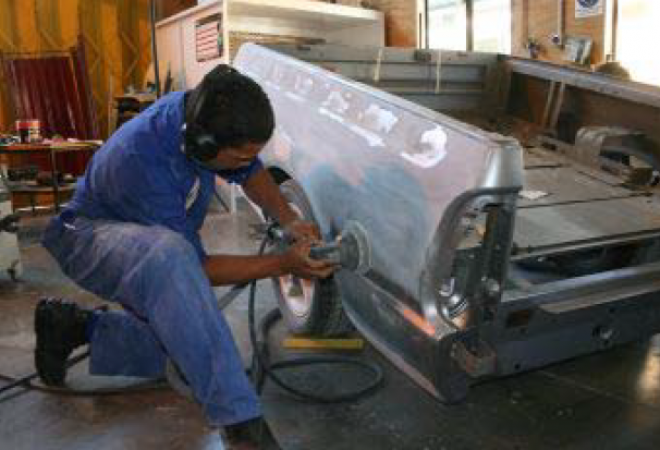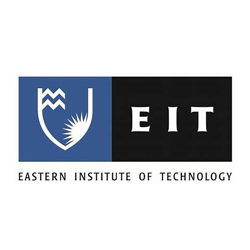
A Project Approach to Teaching Collision Repair: A Story of Change
Status
Completed: 1 September 2009
Project Details
A project, undertaken by Eastern Institute of Technology (EIT), to describe a case study where taking a project approach and making purposeful changes to a course, including embedding literacy and numeracy, resulted in enhanced learner benefits.
Aims:
The main aims of the project were to:
- introduce a project-based programme structure with integrated teaching and assessment
- embed literacy and numeracy into the programme.
Methodology:
The project used a mixed method approach involving:
- qualitative data from interviews with the tutor and students on the programme
- quantitative data on student retention, pass rates, qualification achievement, and assessment against the literacy and numeracy progressions.
Team

Jillian Johnstone
Eastern Institute of Technology
Elly Govers
Eastern Institute of TechnologyStatus
Funding
$3,000.00 (excl GST)
Key Findings
The project findings focused on the impact of the project-based programme on the learners and included:
- The combination of changes in teaching, embedding literacy and numeracy, and the introduction of the project approach have resulted in improved student retention and pass rates, and better student engagement in the learning process.
- Students thought that the project approach to learning gave more opportunity for practical work than previous programmes had done. They also find that what they are learning on the programme is helpful in supporting their work experience.
- Students generally felt that they remembered information better by doing practical activities than by learning theory in class. They also said they understand the theory better once there has been some practice.
- The students like the workbooks and the way the workbooks are used; rather than a single workbook that covers the whole programme, a number of small workbooks cover different topics. Workbooks are discussed and completed in class. The students like this for two reasons: they can talk about aspects of the topic in class, both with the tutor and with each other, which helps understanding; and the workbooks are useful to go refer to, which helps students remember what they have covered. Workbooks are not homework.
- Students think the amount of written work they have to do is about right. The tutor usually introduces a topic with just enough theory so that students can operate safely and have a basic understanding of the task. Once the students have carried out a task there is a return to theory.
Key Recommendations
The key recommendations from the project included:
Improved learner outcomes | The changes made to teaching, the implementation of a project approach and embedding literacy and numeracy in the programme are all key factors in improving learner outcomes such as retention rates, pass rate, qualification achievement and learner engagement.
Implementing a project approach to trades training | The project approach to learning and changes in teaching are now being applied to the other trade programmes at EIT. There is an opportunity for other institutions to implement similar project-based programmes in their trades training programmes.
A guide prepared by Jillian Johnstone and Elly Govers.
(PDF, 170KB, 5-pages).
- 1 September 2009